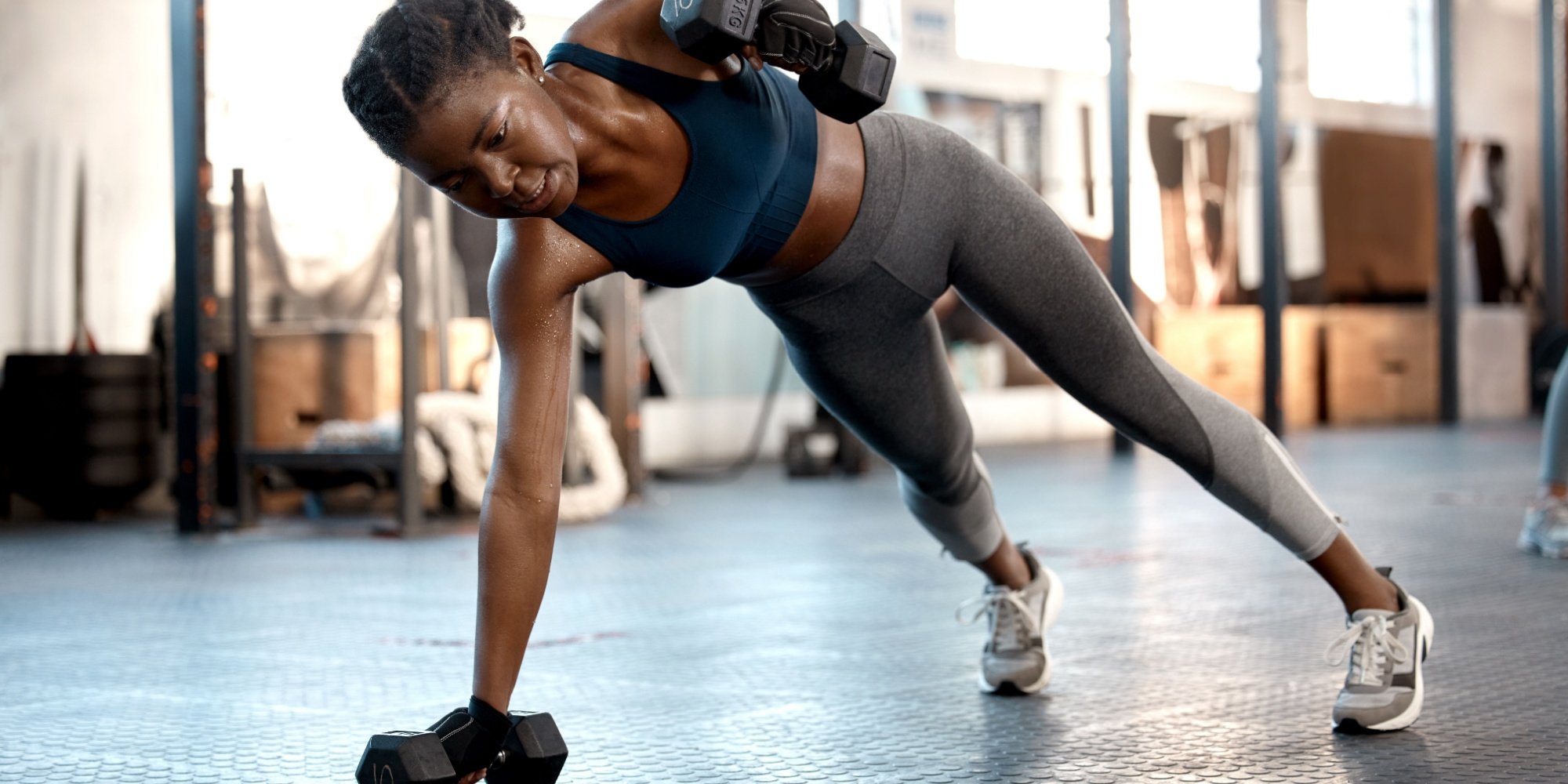For decades, women were sold a different version of fitness. Shrink, tone, sweat — and don’t you dare pick up a dumbbell that isn’t pink!
That narrative didn’t just limit progress. It reinforced a flawed idea: that strength was a male pursuit, and aesthetics were female terrain.
That era is ending — fast.
The modern female strength movement isn’t a trend. It’s a shift in culture. It’s changing how women train, how they think about their bodies, and how the industry responds.
And the ripple effects? They’re reshaping everything.
From Calorie Burn to Mechanical Tension
One of the most significant shifts is in training philosophy.
Old-school programming for women focused on “fat-burning zones” and cardio classes. Now, more women are chasing mechanical tension, progressive overload, and neuromuscular efficiency — the real drivers of muscular adaptation.
Women are no longer just moving to burn.
They’re moving to build.
And that changes the programming:
-
Compound lifts prioritized over endless circuits
-
Hard sets (it’s okay to grunt).
-
Glutes and posterior chain trained intentionally — not just through Instagram-viral banded kickbacks
-
Focus on hypertrophy and strength as primary adaptations, not incidental side effects
In short: Women are training with purpose. And it’s showing.
Biomechanics Isn’t Gendered — But Application Is
Anatomically, women and men share the same skeletal structure and muscle groups — but subtle differences affect biomechanics:
-
Women typically have a wider pelvis, which changes femoral angle and influences hip loading mechanics.
-
They often have more mobile joints, increasing the need for stability-focused work and positional control.
-
Hormonal fluctuations (particularly across the menstrual cycle) affect recovery, joint laxity, and performance.
Good programming accounts for this — not by dumbing down training, but by optimizing it.
What we’re seeing now is a rise in programs that apply evidence-based biomechanics to women’s bodies without condescension. It’s not “train like a man.” It’s “train like someone who understands how your body functions under load.”
Glutes, Power, and Performance
If there’s a flagship muscle group of the female strength movement, it’s the glutes.
Yes, aesthetics played a role in popularizing glute training — but the impact has gone far beyond vanity. Glute-focused programs have led more women to understand hip extension, loading vectors, and resistance profiles.
-
They know the difference between hip thrusts and RDLs, and what portion of the strength curve each targets.
-
They’ve been exposed to tools like EMG studies, load-positioning mechanics, and moment arm adjustments to bias specific tissue.
-
And they’re using this knowledge to train better — not just harder.
In many ways, glute training has become a gateway to broader exercise science literacy.
Muscle as Empowerment — Not Just Aesthetic Currency
For years, women were told that muscle should be minimal, “toned,” and primarily in service of looking smaller.
Now? Muscle is being reframed — not just as aesthetic, but as empowering, protective, and metabolically active tissue.
The benefits are backed by research:
-
Muscle mass is protective against injury and frailty, especially as women age.
-
It improves insulin sensitivity, helping regulate blood sugar and reduce diabetes risk.
-
It supports hormonal balance, especially during perimenopause and menopause.
-
And it plays a key role in mental health, through myokine release and improved body image.
This shift — from muscle as something to avoid to something to build — is redefining what it means for women to be “fit.”
Social Media: The Double-Edged Barbell
Social platforms have played a huge role in this movement — for better and worse.
On the positive side:
- They’ve democratized access to strength training information.
- Highlighted women deadlifting, squatting, and building muscle unapologetically.
- Created communities around evidence-based training.
But the downside?
- Misinformation is still rampant (hello, detox glute burners).
- The algorithm still rewards aesthetics over substance.
- And there’s a pressure to look “strong but still feminine” — whatever that means.
The difference now is that more women can spot the nonsense. They’ve read the studies. They know what progressive overload is. And they’re choosing strength over gimmicks.
Industry Response: Late, but Evolving
The fitness industry, historically slow to adapt, is finally catching up.
We’re seeing:
-
More female-centric strength programs rooted in real science — not just calorie burn.
-
Equipment modifications — like narrower grip spacing or better chest pad designs.
-
More female strength coaches and researchers leading the conversation, not just contributing from the sidelines.
It’s not perfect. But the shift from “fitspo” to functional muscle literacy is well underway.
The Impact on the Next Generation
This isn’t just reshaping the gym. It’s reshaping culture.
A generation ago, girls were told not to lift weights or they’d “get bulky.”
Now, they’re front-racking kettlebells in PE class and talking about glute med activation on TikTok.
The effects go beyond physical strength. This is about confidence, competence, and autonomy over one’s body.
They’re growing up knowing strength is not a male trait — it’s a human one. And they’re entering adulthood with training habits that will pay dividends for life.
The Bottom Line
The female strength movement is more than a trend. It’s a recalibration — of training methods, of the industry, and of how women relate to their bodies.
It’s about ditching the calorie-counting, shrink-yourself mindset and replacing it with one grounded in performance, science, and self-respect.
Biomechanics. Hypertrophy. Hormone-informed programming. These are no longer niche topics. They’re tools being used — and demanded — by women who lift.
And as more women load the bar, the entire industry is being forced to lift its standards, too.






